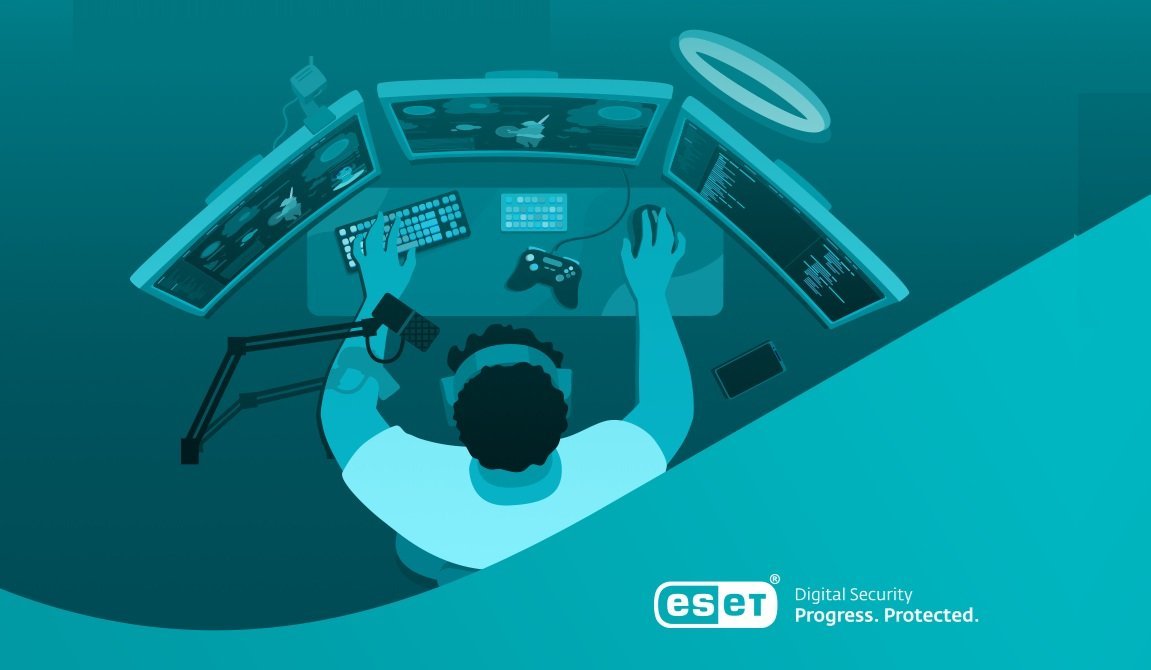Zeeshan Mehdi, Engineering Director for the Middle East at SoftServe, highlights how AI-powered humanoid robots—trained in simulation—can solve labor shortages and retrofit legacy infrastructure without costly redesigns, enabling scalable, flexible automation across industrial environments.
A workforce crunch, rising operational costs, and infrastructure that wasn’t built for automation. Robots are stepping into human roles without forcing a redesign of the entire facility. Humanoid robots—trained in simulation, powered by AI, and designed to operate in human environments—are opening new possibilities. This article explores how to start a pilot—safely, at scale, and with measurable ROI.
The $5 Trillion Opportunity
By 2050, humanoid robots could drive a $5 trillion global market, with over a billion units expected to work alongside humans in factories, warehouses, and even off-world. Robots are already being piloted in automotive plants, logistics hubs, and service settings.
Humanoids are shaping the next industrial era, where automation no longer means redesigning entire facilities around machines. Instead, it means deploying adaptable, general-purpose robots that can fit where humans already work. They are expected to become as ubiquitous as personal computers or smartphones—technology that moves from niche to universal adoption in just a few decades.
What’s behind this change? Aging workforces, rising wages, and legacy infrastructure that rigid machines struggle to navigate. Humanoid robots, trained through simulation and powered by AI, are built to function in spaces designed for people.
Legacy Factories, Modren Problems
Labor shortages are now a long-term problem. In Japan, over 28% of the population is over 65. In Europe and North America, aging populations are growing fast. With declining birth rates and fewer young workers entering industrial jobs, relying on labor import is no longer a sustainable option.
Most factories and warehouses weren’t built for robots. Their workflows depend on human-like tasks: climbing stairs, opening doors and using tools. These are things fixed automation can’t do well. Traditional automation was built for simple, repeatable tasks—not dynamic, human-like environments. It is costly to integrate with legacy equipment built for human use, cannot adapt to new workflows without reprogramming and lacks the mobility and dexterity compared to humans. To stay competitive, you need automation that works where people do—and adapts as quickly as the job changes.
Bridge The Sim2Real Gap
Simulation-first training significantly speeds up development and de-risks early-stage deployment—but it isn’t the whole story. A well-known challenge in robotics is the Sim2Real gap: the difference between how a robot performs in simulation and behaves in the real world.
Developing humanoid robots combines synthetic data, domain randomization, and real-world fine-tuning to bridge this gap. Simulation helps shape foundational skills, but hands-on testing is essential. No amount of virtual training fully replaces physical-world adaptation.
Simulation-First Robotics Starts In The Virtual Gym
The latest humanoid robots aren’t just manually programmed—they can be pretrained using machine learning techniques. Their behavior is shaped in photorealistic, physics-driven virtual environments before deployment.
Although simulation accelerates development, a Sim2Real gap remains—making physical testing and fine-tuning essential.
Simulation workflows allow humanoids to learn motor behaviors, balance and manipulation policies. They also support scalable training of control loops across multiple robots, enable testing of failure recovery scenarios without risk and provide high-fidelity transfer to real robots.
NVIDIA Isaac GR00T: The Future Of Intelligent Humanoid Robotics
NVIDIA Isaac GR00T represents a new class of robotics architecture—a general-purpose foundation model built for embodied AI. Trained on a blend of web-scale data and synthetic motion sequences, GR00T is designed to unify vision, language, planning, and control.
GR00T integrates with NVIDIA’s three-computer architecture to support simulation-to-deployment workflows: NVIDIA DGX trains the foundation model, NVIDIA OVX (RTX GPUs) powers synthetic environment generation and Jetson Thor runs onboard inference for real-time autonomy at the edge.
As foundation models like GR00T evolve, they hold the potential to accelerate multi-task autonomy, reduce engineering overhead, and expand deployment options.
Physcial AI For Dexterity, Balance, And Real-Time Autonomy
Simulation isn’t enough. Humanoid robots need real-time physical control systems that can handle uncertainty and adapt to unpredictable environments.
Modern humanoids use dozens of onboard sensors, paired with embedded AI systems and low-latency feedback, to manage balance, posture, and continuous motion. AI-driven planning and navigation allow them to move through cluttered spaces and recover from errors without human input.
Humanoid robots are expected to handle a wide range of advanced tasks, including the ability to use tools and operate machines designed for human hands, navigate spaces built for people, stay balanced and precise under real-world challenges and handle physical tasks with near-human coordination.
Built To Integrate, Engineered To Scale
For humanoid robots to be useful, they need to fit seamlessly into the systems and environments already in place. They must connect with existing IT and industrial protocols, ensure reliable network access for updates, telemetry, and coordination, and comply with safety standards such as ISO 10218. Operators need centralized dashboards and updates for fleet management, while scalable architectures with shared models and training strategies make large-scale deployment feasible.
Humanoid Flexibility: One Robot, Many Roles
Unlike fixed automation, humanoids are built for task flexibility. Their human-like form factor lets them operate tools, navigate spaces and perform various tasks without custom hardware. They offer the ability to switch tasks through software alone, receive remote teaching and OTA updates, share models across fleets and deliver higher utilization and ROI.
Where Humanoids Can Work
Humanoid robots are entering pilot deployments across industries including warehousing and logistics, retail operations, healthcare and assisted care, agriculture, mining and even space exploration.
In manufacturing, factories fall into two categories: brownfield (legacy) and greenfield (new sites). Humanoid robots adapt to both, performing assembly, quality inspection, material handling, and logistics.
Market Momentum And Measured Progress
While fully autonomous deployments remain limited, pilot programs demonstrate real potential. Between 2022 and 2024, investment in general-purpose robotics surged fivefold to over $1 billion annually, with top players raising hundreds of millions. National initiatives like China’s $138 billion commitment show global momentum. National governments see humanoid robotics as a strategic priority in global competitiveness.
Even with challenges, McKinsey projects a $370B market by 2040. Benefits depend on task complexity, integration quality, and support infrastructure.
The Time To Pilot Is Now. Are You Ready?
Fully autonomous, large-scale humanoid deployments are still on the horizon. Today’s robots operate in pilots or supervised demos, but early efforts highlight the flexibility, reusability, and labor-scaling potential humanoids can bring.










